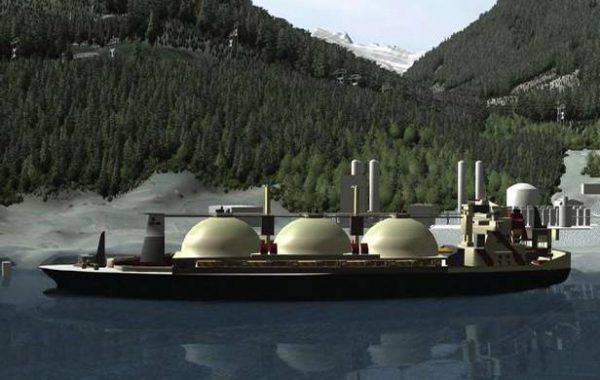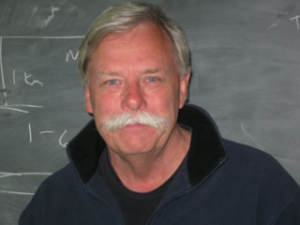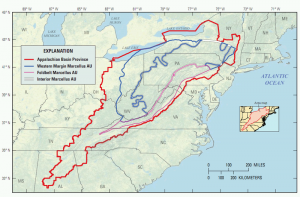
Economist Michal C. Moore says Canada must overcome huge internal challenges before competing against American LNG in China
American President Donald Trump recently completed a charm tour of China that included the Chinese signing long-term liquified natural gas contracts, a prerequisite for industry expansion. Meanwhile, British Columbia twiddles its thumbs waiting for LNG plant investment decisions. Should Prime Minister Justin Trudeau catch the next flight to Beijing?

Maybe, says energy economist Michal C. Moore, but Canada has plenty of work to do before Prime Minister Sunny Ways turns himself the country’s chief LNG salesman.
“The world of natural gas is still turning on a contract basis. At the end of the day, the market is going to be dominated by the first-movers,” said Moore in an interview.
“Right now, the combination of getting easy shipping access and a head-start on construction down in the Gulf Coast is certainly favouring the US shippers.”
The US-China trade deal that was signed May 11 now allows Chinese companies to invest in American LNG facilities as well as enter into long-term contracts with US companies.
“The trade deal paves the way for Chinese support into U.S. LNG in both existing and potential future projects,” Kerry Anne Shanks, a Singapore-based analyst at Wood Mackenzie, told World Oil.
Moore says the timing is just right for Trump because the Chinese are wiling to enter into 23 or 24-year contracts, a staple of the LNG industry, they avoided only a few years ago.
“[The contracts] represent a bookend for the shipper and the receiver that gives them confidence that the price that they’re looking at with whatever escalators they build into it is consistent over time. So, that’s important,” he said.
Donate now! Please support quality journalism by contributing to our Patreon campaign. Even $5 a month helps us continue delivering high quality news and analysis about Canadian and American energy stories that affect your life and your lifestyle.
Gulf Coast LNG facilities – like Cheniere Energy’s huge Sabine Pass, which is two years ahead of schedule, according to Moore – also benefit from the recent installation of new locks on the Panama Canal that allow bigger ships.
“The ability to cut the shipping cost by having the new Panamax plus ships that can get in and out of the Gulf Coast and out into the Asian-Pacific market much more easily is making this a very fertile market for the future,” said Moore.

As if that wasn’t enough advantages over British Columbia, over the past decade low natural gas prices caused by the burgeoning US shale basins like the Permian and the Marcellus encouraged power utilities to switch from coal to natural gas. The emerging American electricity generation model is natural gas + wind/solar + storage + smart grids + legacy generation – a model the Chinese appear to be copying as they cancel dozens of planned coal power plants, invest heavily in wind and solar power generation, and import large quantities of gas in the form of LNG.
“I think the mix is just right and the US producers are poised to take advantage of that,” says Moore.
One more reason the US has a leg up on Canada. And it is far, far head.
“I looked on the Federal Energy Regulatory Commission site this morning and there’s a little over seven ‘trains’ [liquefaction facilities] that have been approved and are under construction right now,” says Moore.
BC has one small plant (Woodfibre) and a modest expansion to another (Fortis) under way. Premier and Liberal leader Christy Clark promised another three plants “under construction” by 2020, but that pledge was unlikely at best.
So, what should British Columbia do? What advice does Moore have for the West Coast, especially since it appears a minority government will take power in Victoria this fall.
The former University of Calgary professor who now hangs his shingle at Cornell University, says the place to begin is a long-term national energy strategy.
“We in Canada do not have a strategic instrument that says where we’re headed, what our objectives are and how we intend to get there,” he said.
“We don’t have a strategic map of how we’re going to use the energy resources that we have and what role the different government agencies can and will play in getting that to happen.”
Moore says the current national energy strategy, cobbled together by the premiers, is insufficient, especially now that Trump has triggered the renegotiation of NAFTA.
“I think NAFTA will have an active energy component to them next time – it didn’t last time but I think it will in the next round. And in order to negotiate that NAFTA document, there’s going to have to be a an 50 or 100-year agreement of some kind that unites the provinces, create a new common market within Canada that has everyone signing onto it. ” he said.
“I think that the Prime Minister’s going to have to deal with those policy and strategic issues first.”


Be the first to comment